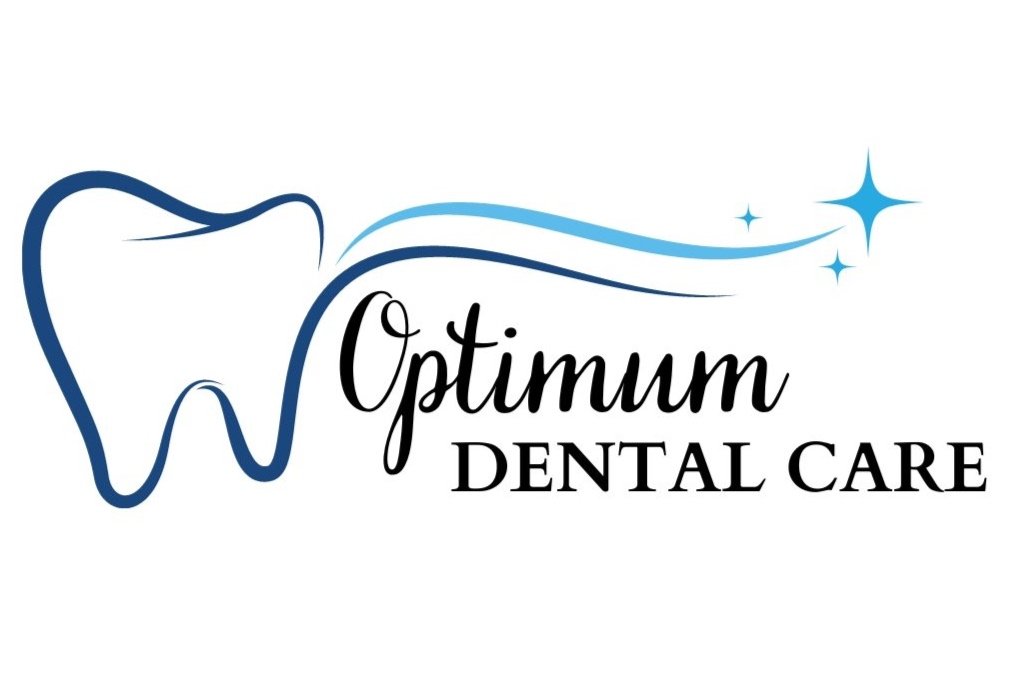Sedation Dentistry
Question: What is Sedation Dentistry?
Answer: Sedation Dentistry is a term that refers to the use of anesthesia during treatment to put patients into a relaxed state, almost like sleep. Sedation dentistry is often used during procedures that require an extensive amount of time in the treatment chair, and sedation is ideal for patients who exhibit dental phobia or have difficulty controlling their movements (this include children). While sedation dentistry implies that patients are unconscious, this is usually not the case. Some forms of sedation dentistry simply alleviate anxiety or put patients in a sleep- like state, so little is felt or remembered about the dental procedure.
Dental Anxiety
It is estimated that approximately 30-40 million Americans avoid seeing the dentist because of dental anxiety or dental phobia (fear of dentist). People with dental anxiety have fears that are often greatly exaggerated and overwhelming. Various sedation dentistry techniques can be used to treat those who suffer from dental anxiety or dental phobia.
Severe Dental Phobia
People with severe dental phobia are terrified and panic- stricken when it comes time to see the dentist and they often avoid the dental appointment completely. Many of these patients put off dental treatment for years because of their fear of dentists, resulting in poor dental health. Many also lack self- confidence and feel insecure because of bad breath or an unattractive smile.
Dental Sedation Methods
There are four different types of dental sedation methods used by sedation dentists.
1.Oral Sedatives- such as diazepam (valium) can be given to a patient the night before a dental procedure or 30 minutes to an hour before the dental appointment, depending on the severity of the anxiety
2. Intravenous Sedation- medication is administered via an intravenous line that is started in the office. The patient is usually monitored throughout the procedure by specialized monitors that continuously measure blood pressure, EKG and oxygen saturation.
3. Nitrous Oxide Sedation- is a form of conscious inhalation sedation (also known as laughing gas), it is used to induce a state of relaxation.
4. General Anesthesia- the patient is rendered unconscious, usually this is done in a hospital or ambulatory surgery center setting. The patient will be completely unaware of their surroundings, local anesthetic is not necessary with this technique but must be used with the other three techniques because patient will still be aware of pain associated with the procedure, unless local anesthesia is also administered. The patient is monitored throughout the whole procedure, usually blood pressure, EKG and oxygen saturation are continuously monitored.
Recommendation:
Patients with severe dental phobia should seriously consider sedation dentistry in order to make their dental experience as pleasant as possible. However not all patients are candidates, it depends on their medical history. The sedation dentist will usually do a consultation first to determine which type of sedation will be appropriate depending on medical history and other factors. When performed by a properly trained dentist sedation dentistry can be safe and efficient form of dentistry.
